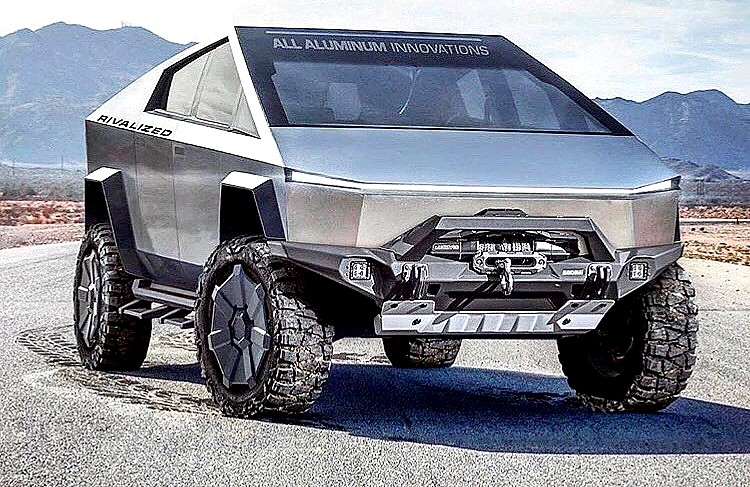
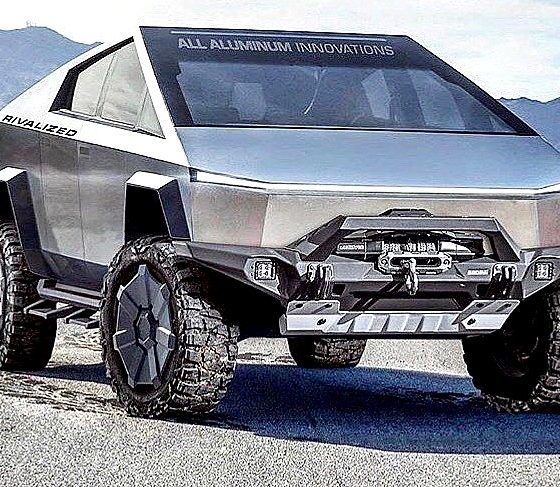
News
The Tesla Cybertruck’s tough character can help address a horrible emissions trend
An emissions problem that seems worse than Dieselgate may be brewing in the United States, and it would likely take a perception shift to battle it well. As indicated by a new federal report from the Environmental Protection Agency’s Office of Civil Enforcement, over half a million owners and operators of diesel pickup trucks in the US have been illegally disabling their vehicles’ emissions control technology during the past decade. This trend, which continues to be popular, have allowed excess emissions equivalent to around 9 million extra trucks on the road.
Intentional Emissions
The EPA’s findings in its report echo the shocking revelations of the Dieselgate scandal, which involved Volkswagen admitting to illegally installing defeat devices in millions of passenger cars worldwide to cheat emissions tests. About half a million of these vehicles were sold in the United States. Yet inasmuch as Dieselgate was shocking, what makes the EPA’s recent report quite alarming is the fact that truck owners themselves are the ones–as well as small auto shops–who are willingly installing the illegal emissions-increasing devices on their pickups.
This makes it extremely difficult to accurately measure the scope of the US pickup truck market’s emissions problem. The EPA’s report estimates that there are over half a million pickup trucks in the US equipped with emissions-increasing devices over the past decade. However, the EPA’s study only focused on devices that were installed in heavy pickup trucks like the Chevy Silverado and the Dodge Ram 2500, which weigh between 8,500 to 14,000 pounds. Considering that some owners of smaller trucks like the Ford Ranger may also be engaged in the same practice, there is a good chance that the US’ pickup truck emissions problem may very well be far bigger, involving millions of vehicles nationwide.
“One reason it is difficult to estimate the full extent of tampering nationwide is that the Air Enforcement Division has reason to believe this conduct occurs within most or all categories of vehicles and engines, including commercial trucks, passenger vehicles, pickup trucks, motorcycles, forestry equipment, and agricultural equipment,” the report read.
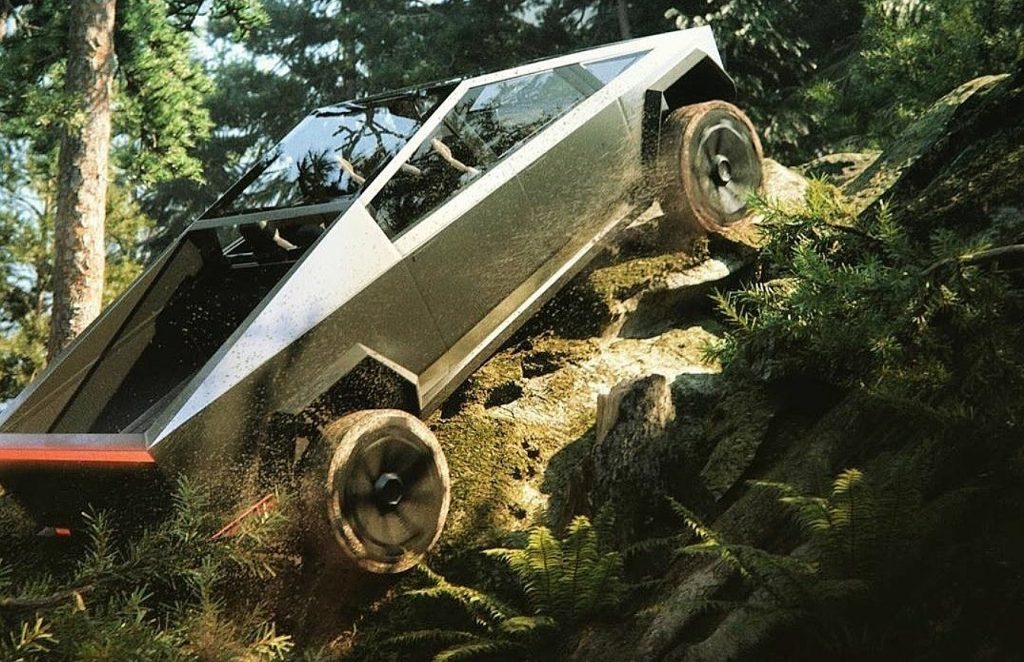
Worse than Dieselgate
According to the report, the modifications that “diesel tuners” in the US place in pickup trucks could result in the release of over 570,000 tons of nitrogen dioxide, a substance associated with diseases like heart and lung disease, over the lifetime of the vehicles. This is more than 10x the excess nitrogen oxide emissions attributed to Volkswagen’s Dieselgate vehicles that were sold in the United States. The report further stated that the modified pickup trucks will hit 5,000 excess tons of industrial soot over their lifetime. Industrial soot, also known as particulate matter, is linked to respiratory diseases and higher death rates for COVID-19 patients.
John Walke, an expert in air pollution law at the Natural Resources Defense Council, noted in a statement to The New York Times that the EPA’s findings came at the worst time possible. “A global respiratory pandemic is the worst time to find out that there is this massive cheating by the makers of these devices. That is an astronomically high level of smog-forming pollution. It’s happening at ground level where people are breathing the fumes. And if the problem extends to other vehicles it’s almost unimaginable what the health impact will be,” he said.
Phillip Brooks, a former EPA emissions investigator and a veteran of the Dieselgate case, shared his thoughts on the US pickup truck market’s budding emissions controversy. “The aftermarket defeat device problem is huge. A lot of people just don’t understand what the problem is — your average person buys a vehicle and says, it’s my vehicle, I can do what I want with it. They may not even be aware that these devices are illegal,” he said. “But the real question is impact. If 10 people do it, there’s no impact. But these are numbers that are meaningful for air quality. This is not a great way to express how to be a free American, but there are a lot of people out there who think that way.”
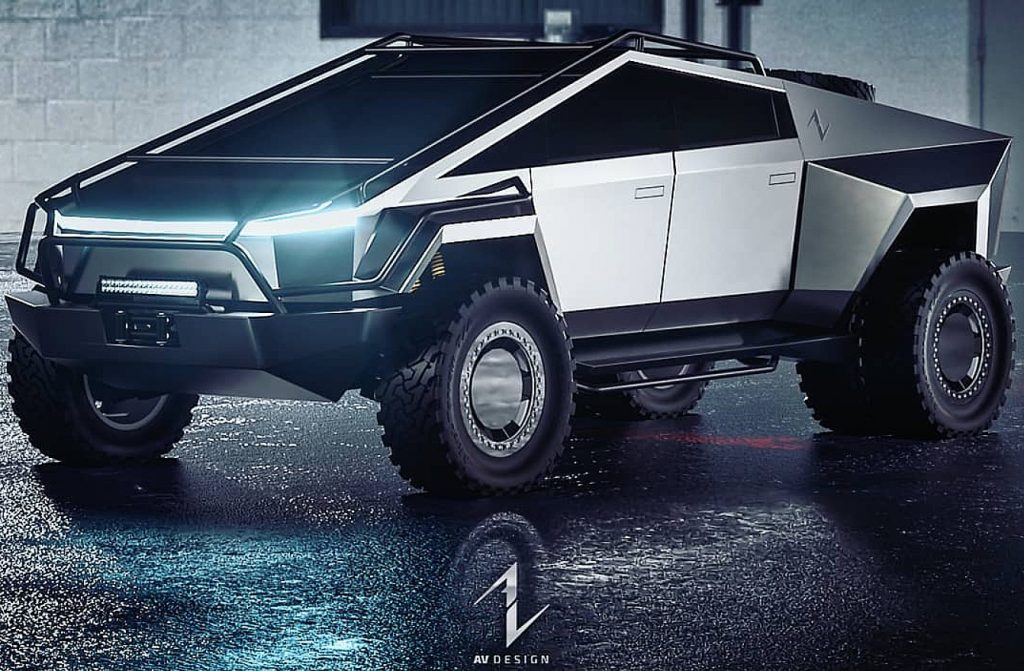
The Need for a Diesel Pickup Predator
To battle such a horrible emissions trend, a change of perception is needed that is not that different from what the Model S ushered in for the high-performance sedan market. Diesel tuners, after all, equip vehicles with illegal emissions-increasing equipment largely to improve a pickup truck’s performance. If a vehicle were to be introduced in the pickup truck market that is so far ahead in durability, power, and performance compared to the veterans of the pickup segment, then large diesels could end up going the way of horse-drawn buggies. There are few vehicles that are better at leading this charge than the Tesla Cybertruck.
Similar to the next-generation Roadster, the Tesla Cybertruck has the potential to be a “smackdown” of sorts to the diesel pickup truck market. It’s a large vehicle with a domineering stance designed to look like a futuristic armored personnel carrier. Avid diesel aficionados tend to poke fun at EVs due to their tame, sleek, looks. There’s nothing of that in the all-electric pickup. The Cybertruck, with its XY, origami-like exoskeleton, is a steel beast: tough, unapologetic, and it looks like something that even a large diesel truck should not cross. This trend continues to the Cybertruck’s performance and utility, with its 0-60 mph time of 2.9 seconds, its 6.5-foot truck bed, its 14,000-lb towing capacity, and 500+ miles of range.
Assuming that Tesla does release the Cybertruck with specs that meet those that were announced during the vehicle’s unveiling, the all-electric pickup could utterly outperform diesel rivals to such a degree that it would be embarrassing for traditional trucks to stand toe-to-toe against the steel monster. And once this is established, perhaps the time would soon come when diesel-powered modified trucks could become laughable in the face of superior vehicles that just happen to have zero emissions. Such a time, while unfortunate for the US’ long history of large diesel trucks, would likely be appreciated by the environment and the populace as a whole.
Read the EPA’s report on tampered US pickup trucks and their emissions below.
EPA-US Emissions Scandal Pickup Trucks by Simon Alvarez on Scribd

News
Tesla removes Safety Monitors, begins fully autonomous Robotaxi testing
This development, in terms of the Robotaxi program, is massive. Tesla has been working incredibly hard to expand its fleet of Robotaxi vehicles to accommodate the considerable demand it has experienced for the platform.
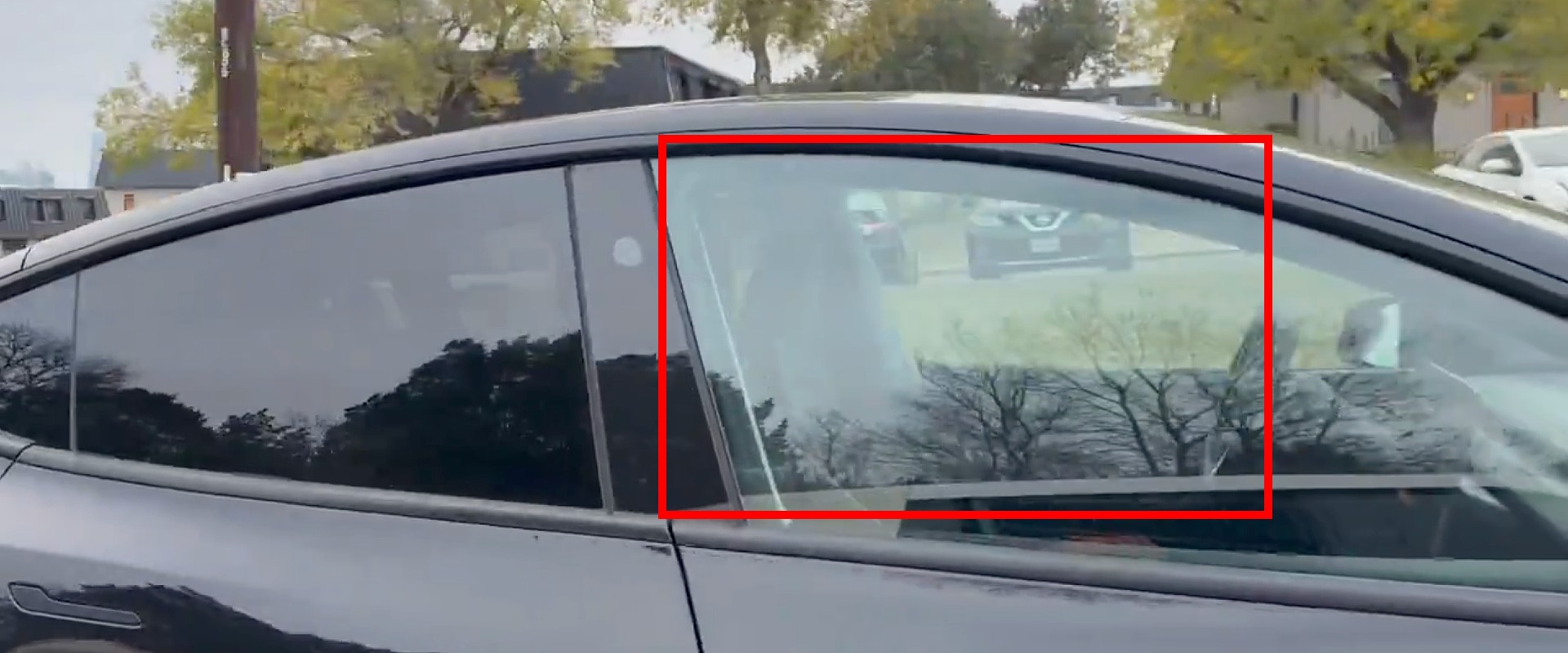
Tesla has started Robotaxi testing in Austin, Texas, without any vehicle occupants, the company’s CEO Elon Musk confirmed on Sunday. Two Tesla Model Y Robotaxi units were spotted in Austin traveling on public roads with nobody in the car.
The testing phase begins just a week after Musk confirmed that Tesla would be removing Safety Monitors from its vehicles “within the next three weeks.” Tesla has been working to initiate driverless rides by the end of the year since the Robotaxi fleet was launched back in June.
Two units were spotted, with the first being seen from the side and clearly showing no human beings inside the cabin of the Model Y Robotaxi:
A Tesla without a driver was spotted traveling on public roads! pic.twitter.com/ZLbduf4cKa
— TESLARATI (@Teslarati) December 14, 2025
Another unit, which is the same color but was confirmed as a different vehicle, was spotted just a few moments later:
NEWS: A second Tesla Model Y Robotaxi running FSD Unsupervised has just been spotted driving itself on public roads in Austin, Texas, with no one in the front seats.
This is a different car from the one spotted earlier. They have different license plates.
h/t @Mandablorian https://t.co/5URYsUGyD0 pic.twitter.com/CIUi4mXi33
— Sawyer Merritt (@SawyerMerritt) December 14, 2025
The two units are traveling in the general vicinity of the South Congress and Dawson neighborhoods of downtown Austin. These are located on the southside of the city.
This development, in terms of the Robotaxi program, is massive. Tesla has been working incredibly hard to expand its fleet of Robotaxi vehicles to accommodate the considerable demand it has experienced for the platform.
However, the main focus of the Robotaxi program since its launch in the Summer was to remove Safety Monitors and initiate completely driverless rides. This effort is close to becoming a reality, and the efforts of the company are coming to fruition.
Testing is underway with no occupants in the car
— Elon Musk (@elonmusk) December 14, 2025
It is a drastic step in the company’s trek for self-driving technology, as it plans to expand it to passenger vehicles in the coming years. Tesla owners have plenty of experience with the Full Self-Driving suite, which is not fully autonomous, but is consistently ranked among the best-performing platforms in the world.
News
Tesla refines Full Self-Driving, latest update impresses where it last came up short
We were able to go out and test it pretty extensively on Saturday, and the changes Tesla made from the previous version were incredibly impressive, especially considering it seemed to excel where it last came up short.

Tesla released Full Self-Driving v14.2.1.25 on Friday night to Early Access Program (EAP) members. It came as a surprise, as it was paired with the release of the Holiday Update.
We were able to go out and test it pretty extensively on Saturday, and the changes Tesla made from the previous version were incredibly impressive, especially considering it seemed to excel where it last came up short.
Tesla supplements Holiday Update by sneaking in new Full Self-Driving version
With Tesla Full Self-Driving v14.2.1, there were some serious regressions. Speed Profiles were overtinkered with, causing some modes to behave in a strange manner. Hurry Mode was the most evident, as it refused to go more than 10 MPH over the speed limit on freeways.
It would routinely hold up traffic at this speed, and flipping it into Mad Max mode was sort of over the top. Hurry is what I use most frequently, and it had become somewhat unusable with v14.2.1.
It seemed as if Speed Profiles should be more associated with both passing and lane-changing frequency. Capping speeds does not help as it can impede the flow of traffic. When FSD travels at the speed of other traffic, it is much more effective and less disruptive.
With v14.2.1.25, there were three noticeable changes that improved its performance significantly: Speed Profile refinements, lane change confidence, and Speed Limit recognition.
🚨 Many of you asked us to test highway driving with Tesla Full Self-Driving v14.2.1.25. Here’s what we noticed:
✅ Speed Profiles are significantly improved. Hurry Mode is no longer capped at 10 MPH over the speed limit, and now travels with the flow of traffic. This is much… pic.twitter.com/48ZCGbW0JO
— TESLARATI (@Teslarati) December 13, 2025
Speed Profile Refinement
Speed Profiles have been significantly improved. Hurry Mode is no longer capped at 10 MPH over the speed limit and now travels with the flow of traffic. This is much more comfortable during highway operation, and I was not required to intervene at any point.
With v14.2.1, I was sometimes assisting it with lane changes, and felt it was in the wrong place at the wrong time more frequently than ever before.
However, this was one of the best-performing FSD versions in recent memory, and I really did not have any complaints on the highway. Speed, maneuvering, lane switching, routing, and aggressiveness were all perfect.
Lane Changes
v14.2.1 had a tendency to be a little more timid when changing lanes, which was sort of frustrating at times. When the car decides to change lanes and turn on its signal, it needs to pull the trigger and change lanes.
It also changed lanes at extremely unnecessary times, which was a real frustration.
There were no issues today on v14.2.1.25; lane changes were super confident, executed at the correct time, and in the correct fashion. It made good decisions on when to get into the right lane when proceeding toward its exit.
It was one of the first times in a while that I did not feel as if I needed to nudge it to change lanes. I was very impressed.
Speed Limit Recognition
So, this is a complex issue. With v14.2.1, there were many times when it would see a Speed Limit sign that was not meant for the car (one catered for tractor trailers, for example) or even a route sign, and it would incorrectly adjust the speed. It did this on the highway several times, mistaking a Route 30 sign for a 30 MPH sign, then beginning to decelerate from 55 MPH to 30 MPH on the highway.
This required an intervention. I also had an issue leaving a drive-thru Christmas lights display, where the owners of the private property had a 15 MPH sign posted nearly every 200 yards for about a mile and a half.
The car identified it as a 55 MPH sign and sped up significantly. This caused an intervention, and I had to drive manually.
It seems like FSD v14.2.1.25 is now less reliant on the signage (maybe because it was incorrectly labeling it) and more reliant on map data or the behavior of nearby traffic.
A good example was on the highway today: despite the car reading that Route 30 sign and the Speed Limit sign on the center screen reading 30 MPH, the car did not decelerate. It continued at the same speed, but I’m not sure if that’s because of traffic or map data:
🚨 We listened to and read a lot of you who had a complaint of Tesla Full Self-Driving v14.2.1 incorrectly reading Speed Limit signs
This appears to be resolved in v14.2.1.25.
Here’s a breakdown: pic.twitter.com/TEP03xrMbt
— TESLARATI (@Teslarati) December 13, 2025
A Lone Complaint
Tesla has said future updates will include parking improvements, and I’m really anxious for them, because parking is not great. I’ve had some real issues with it over the past couple of months.
Today was no different:
🚨 My lone complaint with my drive on Tesla FSD v14.2.1.25 was this strange parking instance.
FSD swung out wide to the left to pull into this spot and this is where it seemed to be stumped. I gave it about 10 seconds after the car just stopped moving for it to make some… https://t.co/ZEkhTHOihG pic.twitter.com/TRemXu5DLf
— TESLARATI (@Teslarati) December 13, 2025
Full Self-Driving v14.2.1.25 is really a massive improvement over past versions, and it seems apparent that Tesla took its time with fixing the bugs, especially with highway operation on v14.2.1.
News
Tesla hints at Starlink integration with recent patent
“By employing polymer blends, some examples enable RF transmission from all the modules to satellites and other communication devices both inside and outside the vehicle.”

Tesla hinted at a potential Starlink internet terminal integration within its vehicles in a recent patent, which describes a vehicle roof assembly with integrated radio frequency (RF) transparency.
The patent, which is Pub. No U.S. 2025/0368267 describes a new vehicle roof that is made of RF-transparent polymer materials, allowing and “facilitating clear communication with external devices and satellites.”
Tesla believes that a new vehicle roof design, comprised of different materials than the standard metallic or glass elements used in cars today, would allow the company to integrate modern vehicular technologies, “particularly those requiring radio frequency transmission and reception.
Tesla has recently filed a US patent application on integrating RF transparent materials into the roof structure.
“facilitating clear communication with external devices and satellites”
Tesla fleet is getting @Starlink connectivity integration soon. LFG @Tesla @elonmusk… pic.twitter.com/bLa8YtPLd1
— Chansoo Byeon (@Chansoo) December 9, 2025
Instead of glass or metallic materials, Tesla says vehicles may benefit from high-strength polymer blends, such as Polycarbonate, Acrylonitrile Butadiene Styrene, or Acrylonitrile Styrene Acrylate.
These materials still provide ideal strength metrics for crashworthiness, stiffness for noise, vibration, and harshness control, and are compliant with head impact regulations.
They would also enable better performance with modern technologies, like internet terminals, which need an uninterrupted signal to satellites for maximum reception. Tesla writes in the patent:
“By employing polymer blends, some examples enable RF transmission from all the modules to satellites and other communication devices both inside and outside the vehicle.”

One of the challenges Tesla seems to be aware of with this type of roof design is the fact that it will still have to enable safety and keep that at the forefront of the design. As you can see in the illustration above, Tesla plans to use four layers to increase safety and rigidity, while also combating noise and vibration.
It notes in the patent that disclosed examples still meet the safety requirements outlined in the Federal Motor Vehicle Safety Standards (FMVSS).
Starlink integrated directly into Tesla vehicles would be a considerable advantage for owners. It would come with a handful of distinct advantages.
Initially, the inclusion of Starlink would completely eliminate cellular dead zones, something that is an issue, especially in rural areas. Starlink would provide connectivity in these remote regions and would ensure uninterrupted service during road trips and off-grid adventures.
It could also be a critical addition for Robotaxi, as it is crucial to have solid and reliable connectivity for remote monitoring and fleet management.
Starlink’s growing constellation, thanks to SpaceX’s routine and frequent launch schedule, will provide secure, stable, and reliable internet connectivity for Tesla vehicles.
Although many owners have already mounted Starlink Mini dishes under their glass roofs for a similar experience, it may be integrated directly into Teslas in the coming years, either as an upgrade or a standard feature.








